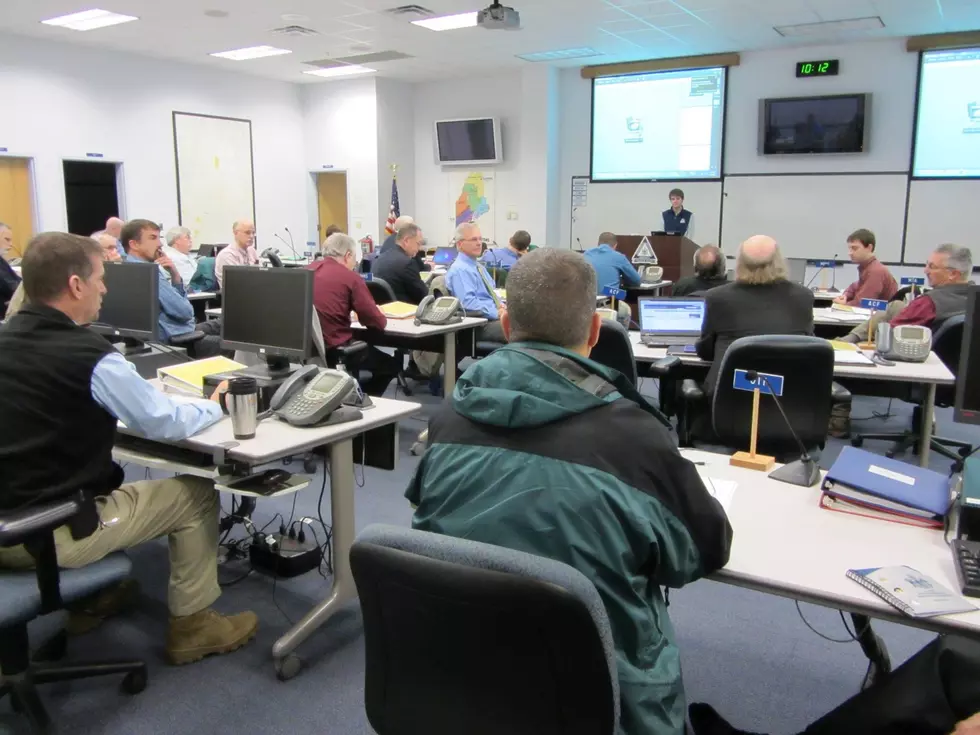
Maine Drought Conditions Worsen, Spread Northward
Today, Maine's State Drought Task Force held its third meeting of the year to discuss the current drought conditions across the state. Officials say drought conditions have become considerably worse since early September, moving farther north and east.
“We’re not yet in a state of emergency, but if conditions continue to worsen, we may have to consider that,” said Bruce Fitzgerald, Director of Maine Emergency Management Agency. “Although conservation measures are voluntary at this point, it’s important that everyone take steps to conserve to help prevent worsening conditions.”
A representative from the Department of Health and Human Services Drinking Water Program advised against importing water from other sources into dry wells due to the fact that water may be contaminated posing a health risk and because the water will only remain in the well temporarily. The use of a temporary storage container is recommended instead. The container and the water should be clean.
The National Weather Service reported that all counties in Maine have experienced a deficit of precipitation since April except Aroostook County, which has seen a decrease in the last month.
“The drought is expected to continue and expand,” said Tom Hawley of the National Weather Service in Gray. “September rainfall was well below average for the entire state. Many locations in southern Maine received less than one inch for the month.”
The forecast is calling for drier and warmer than normal weather for October and beyond.
The U.S. Geological Survey reported that nearly the entire state is in some sort of hydrologic drought, with the southern two-thirds of the state showing surface water levels at the lowest ten percent of all data gathered over a period of 60-100 years. Groundwater levels for most of Maine are at the lowest 15 percent of all data gathered over the last 11-35 years.
Restrictions have been placed on water usage in some areas but all citizens are encouraged take steps to use water wisely, including:
- Take shorter showers
- Don’t run water while brushing teeth or shaving
- Fix leaky sinks and toilets
- Run full loads of laundry and dishes
- Avoid peeling vegetables under running water
- Discontinue outdoor watering, unless absolutely necessary
- When washing your car, wet it quickly, use a bucket to wash, then rinse quickly
More information on water conservation is available at Maineprepares.com.
Those experiencing dry wells or other drought-related problems should contact 2-1-1 Maine, a state-wide resource for helping Mainers with all types of health and human services issues. A representative will record your information in an effort to gauge how widespread the drought problem is in Maine. Citizens are encouraged to report drought-related problems, although there is no guarantee of assistance. Resources are posted at Maineprepares.com and will be updated as more become available. More resources may become available as conditions worsen, so reporting is very important.
The Task Force will continue to monitor the situation and plans to meet again in November. Reports will be available online or can be obtained from MEMA by calling 207-624-4400.
This information was submitted to us as part of a press release.
If you would like to share your community news or event with our audience,
please email newspi@townsquaremedia.com.
More From









